邓玉林 教授
简介
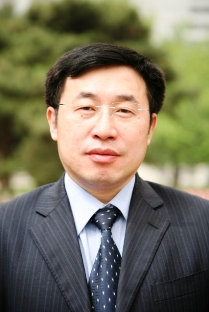
邓玉林博士,现任北京理工大学英国威廉希尔公司首席科学家、副院长/空间生物与医学工程研究所所长,国际宇航科学院院士。入选“百千万人才工程”国家级人选、教育部跨世纪优秀人才、国防科技511人才等。北京工业学院(现北京理工大学)本科、硕士,日本国立名古屋工业大学博士,加拿大Saskatchewan大学医学院博士后,历任北京理工大学讲师、副教授、教授,北京理工大学生命学院创院院长。
社会学术兼职
包括:国际宇航科学院生命科学领域学委会副主席(系中国人首次担任此职务)、国际空间研究委员会(COSPAR)中国委员会委员、装备发展部载人航天技术预先研究专家组专家、载人航天医学应用领域战略专家组专家、中国电子学会生命电子学分会主任委员、中国空间科学学会常务理事兼生命进化与起源学会副主任委员、中国宇航学会航天医学工程与生物学学会副主任委员、中国仪器仪表学会医疗仪器分会副理事长、全国卫生产业企业管理协会医学检验产业专家委员会常务副理事长等,还担任《生命科学仪器》和《世界复合医学》主编等。
主要研究领域
神经生物学、空间生物学和生物分析技术的交叉领域。
主要学术成绩和获奖
一直致力于将生命科学与分析检测技术相结合,发展新的生物技术,并以此为手段解决了生命科学和空间生物实验技术的难题,取得了一些重要成果:1,研制的“微流控芯片基因扩增装置”随“神舟八号”飞船成功搭载。2,研制的“微生物细胞搭载实验装置”在长征七号首飞时随多用途返回舱缩比飞船成功搭载。3,研制的“微流控芯片细胞共培养和分析”成功搭载天舟一号货运飞船,在空间圆满完成神经免疫相互作用的实验研究。4,2017年研制的“用于DNA分子进化研究微型科学实验装置”成为登陆“国际空间站”的第一个来自中国的科学实验项目,也是中美之间近三十年来首个空间合作项目。5,空间环境(重离子辐射和微重力)生物学效应研究,发现不同脑区辐射敏感性差异以及高低LET辐射神经损伤旁效应的差异;研究了复合空间环境下致抑郁样变化的蛋白质组学。6,脑与外周帕金森病病因学研究上取得重要创新成果。提出了一个关于内源性神经毒素导致多巴胺神经元慢损伤假说。基于此假说,在人脑内发现了新的儿茶酚异喹啉化合物合成酶并成功测序,发现了新的内源性神经毒素ADTIQ。该化合物有可能是糖尿病和帕金森病之间的关联物质。该成果曾被美国ANA年会选为最有新闻价值的发现。承担多项包括国家863重大项目、973课题、国家重大科学仪器专项、国家自然科学基金重点项目、国家科技支撑计划重大项目、国家重点研发计划、民用航天专项等重点重大项目,发表研究论文500 多篇,其中 SCI 论文300 多篇,申请发明专利70项,其中授权专利42项。曾获得全国师德先进个人、首都五一劳动奖章、北京市教书育人标兵、首都侨界先进个人等,并享受国家政府津贴。
DENG YULIN’S CURRICULUM VITAE
Dr. Deng Yulin currently is the chief professor and associate dean of Institute of Engineering Medicine, director of the Institute for Space Biology and Medical Engineering at the Beijing Institute of Technology, and member of the International Academy of Astronautics.
He was born in 1962 in Anhui, China. He received his Bachelor and Master degree from Beijing Institute of Technology in 1983 and 1986, respectively, and spent the next seven years as an Assistant Professor and then Associate Professor in the analytical chemistry at the same university. In 1993, he had the honor to obtain a national scholarship from the Ministry of Education of Japan, and undertook a Ph.D. degree at Nagoya Institute of Technology in Japan, which he completed in neuroscience in 1997. Subsequently he was awarded a two-year postdoctoral fellowship from the Health Service Utilization and Research Commission of Canada, and has been involved in Neuropsychiatry Research Unit at University of Saskatchewan in Canada since 1997. After his postdoctoral training, he has worked as a senior scientist in Neurology Research Unit of College of Medicine at University of Saskatchewan. He has been promoted to a full professor in Biomedical Engineering at Beijing Institute of Technology(BIT) of China since 2002. He has served as dean of the School of Life Sciences at BIT for 14 years since 2002. In 2015, he was nominated to be a member of International Academy of Astronautics.
The academic society include: vice chair of Commission of Life Science at International Academy of Astronautics, member of the Chinese Committee at the Committee on Space Research (COSPAR) , panel expert for the advance research of the Manned Spaceflight Engineering of China, president of Life Electronics Society at Chinese Institute of Electronics of China, standing member of Chinese Society of Space Sciences, vice chair of Committee for Life Origin and Evolution at Chinese Society of Astronautics, executive vice president of Committee for Lab Medicine at National Health Industry Enterprise Management Association, also served as editor of two journals “Life Science Instrument” and “World Complex Medicine”.
The main research fields belong to the intersection of neurobiology, space biology and biotechnology.
His research interests are on neuroscience, as well as space life sciences and their payload technology. The main academic achievements and awards include: 1, development of the payload of “microfluidic chip-based gene amplification device”, and done the space experiment successfully with the" Shenzhou 8 " mission. 2, “the developed microbiological cell experimental device" was successfully carried by the multipurpose return capsule in the first flight of the “Long March 7”. 3, the developed payload of “microfluidic chip-based cell co-culture and analysis” was successfully carried by the “Tian Zhou-1” cargo spacecraft, and successfully completed the experimental study of neural immune interaction in space. 4, In the last year, “the experimental device for DNA molecular evolution" has become the first scientific experiment project from China to land at the international space station. It is also the first space cooperation project between China and the United States in the past thirty years. 5, Biological effects of space environment (heavy ion radiation and microgravity) were studied. Differences in the sensitivity to heavy ion radiation among different brain regions were found, and it was also found that there exists difference in the by-stander effects between high and low LET radiations. The proteomics of depression-like changes in rats caused by simulated complex space environment was studied. 6, Major breakthroughs have been made in the pathogenesis of Parkinson's disease. A hypothesis about chronic neuron injury caused by endogenous neurotoxins was proposed for the pathogenesis of Parkinson's disease. Based on this hypothesis, a new catechol isoquinoline synthase was isolated and sequenced, and then a new compound ADTIQ was found in human brain. This compound may be an important pathogenic substance with higher probability of Parkinson's disease in diabetic patients than in normal people. This achievement was selected as the new discovery by ANA annual meeting in the United States. As PI he has done for a number of national key research projects including national 863 major projects, national 973 projects, the national major scientific instruments projects, key projects of the Natural Science Foundation of China, state key development program, and national space projects. He has published more than 500 peer review research papers, including more than 300 SCI papers, and more than seventy patents. He also was awarded the national best teachers in morality, Capital Labor Medal, Beijing outstanding teacher in last ten years. He was selected as the State Class Persons of National Talents Engineering of Ministry of Personnel, and also new century outstanding talented person of Ministry of Education of China.
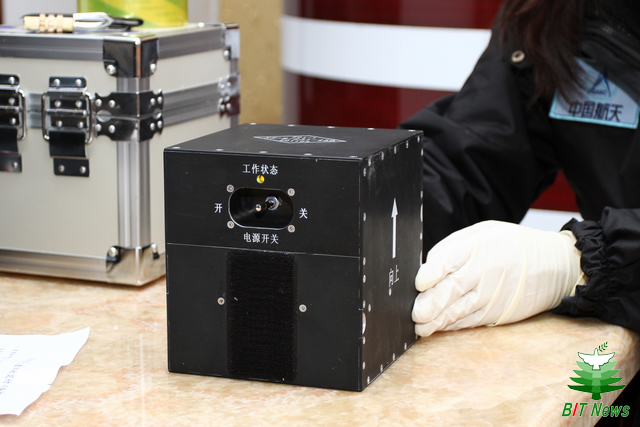
图1. 研制的“微流控芯片基因扩增装置”随“神舟八号”飞船成功搭载
Picture 1. Development of the payload of “microfluidic chip-based gene amplification device”, and done the space experiment successfully with the" Shenzhou 8 " mission
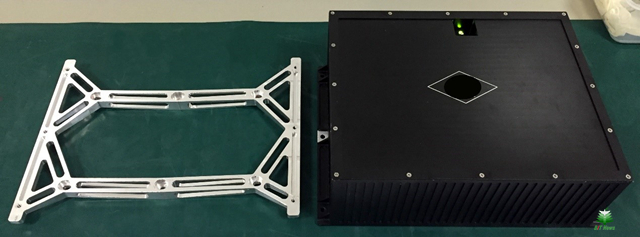
图2. 研制的“微生物细胞搭载实验装置”在长征七号首飞时随多用途返回舱缩比飞船成功搭载
Picture 2. “The developed microbiological cell experimental device" was successfully carried by the multipurpose return capsule in the first flight of the “Long March 7”
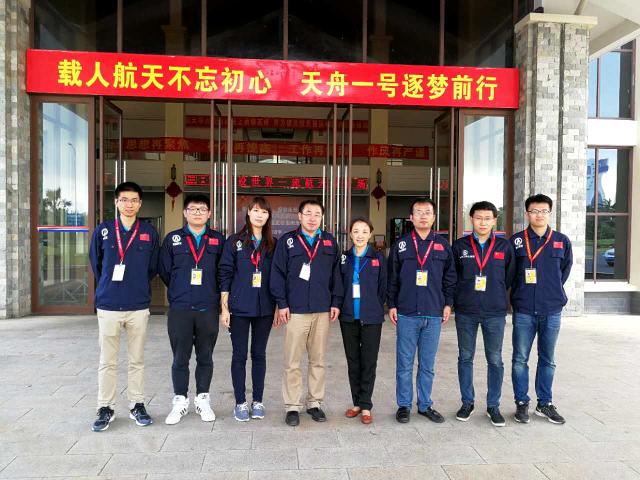
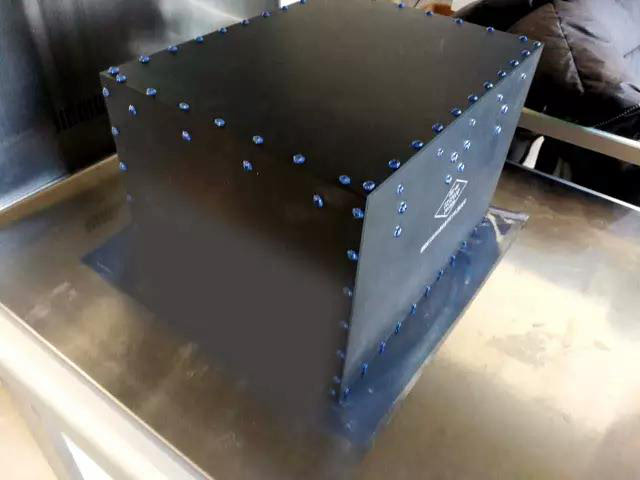
图3. 研制的“微流控芯片细胞共培养和分析”成功搭载天舟一号货运飞船
Picture 3. The developed payload of microfluidic chip-based cell co-culture and analysis” was successfully carried by the “Tian Zhou-1” cargo spacecraft
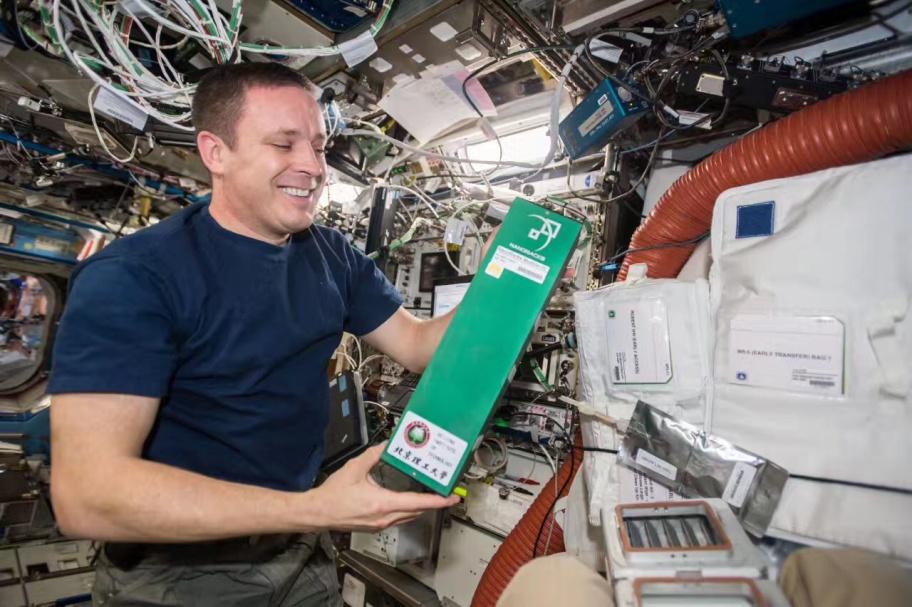
图4. 研制的“用于DNA分子进化研究微型科学实验装置”登陆国际空间站
Picture 4. The experimental device for “DNA molecular evolution” landed on the international space station
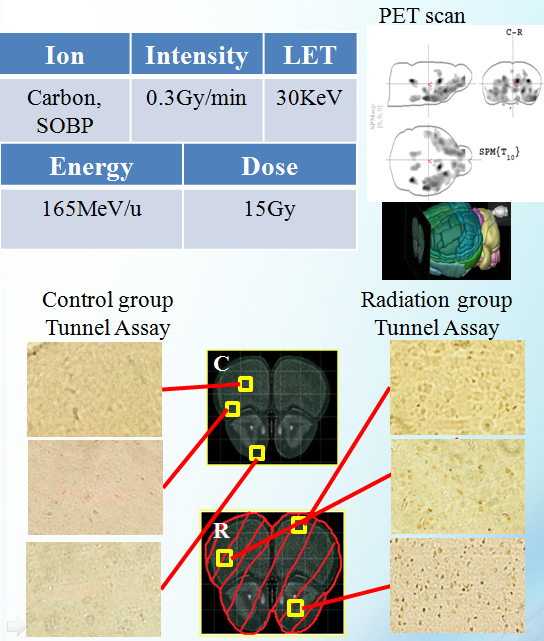
图5. 空间环境(重离子辐射和微重力)生物学效应研究
Picture 5. Biological effects of space environment (heavy ion radiation and microgravity)
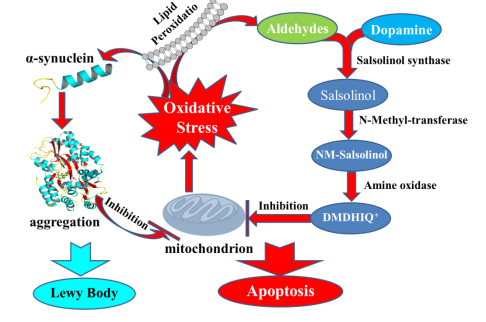
图6. 内源性神经毒素导致多巴胺神经元慢损伤假说
Picture 6. A hypothesis about chronic neuron injury caused by endogenous neurotoxins was proposed for the pathogenesis of Parkinson's disease